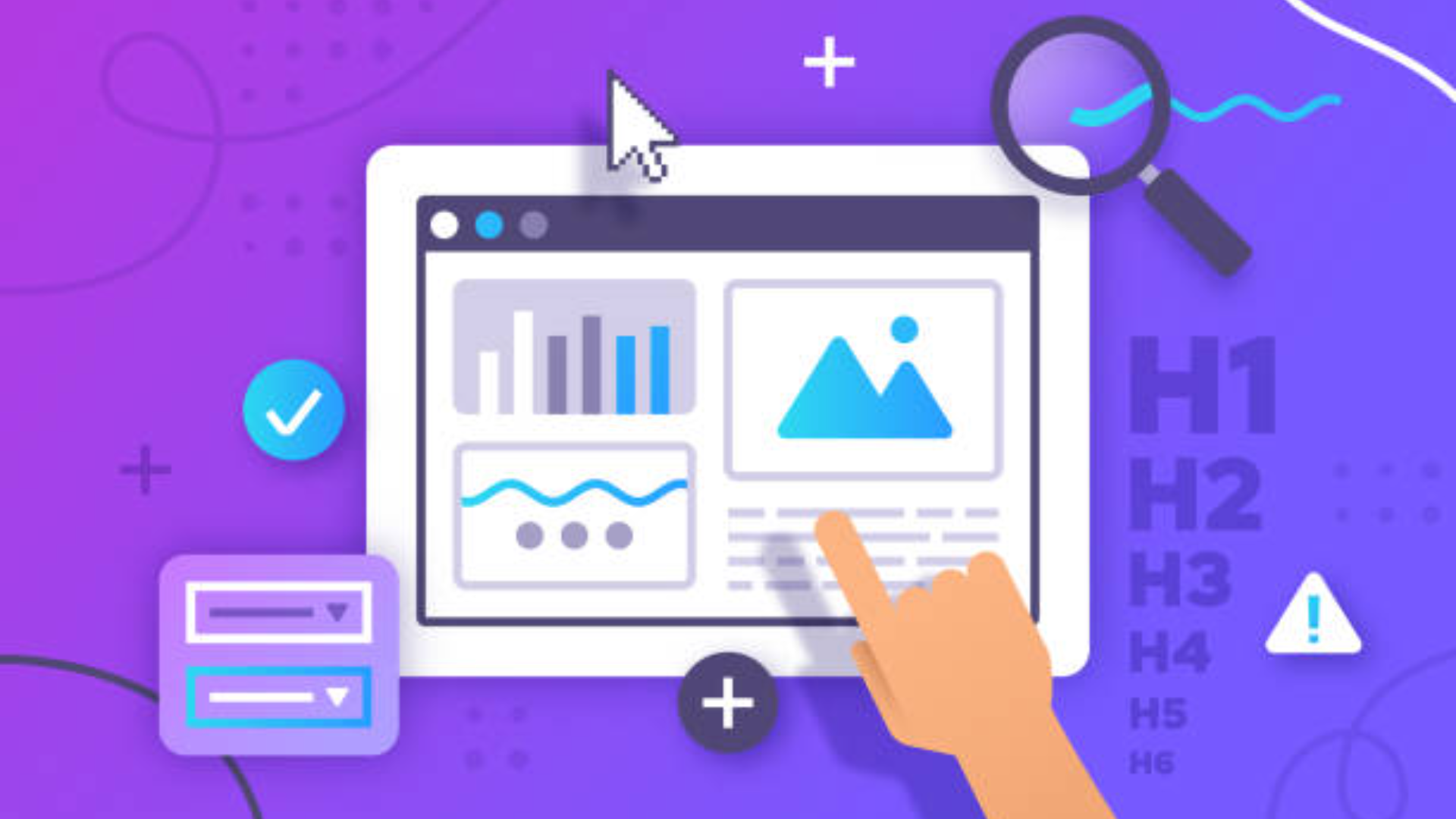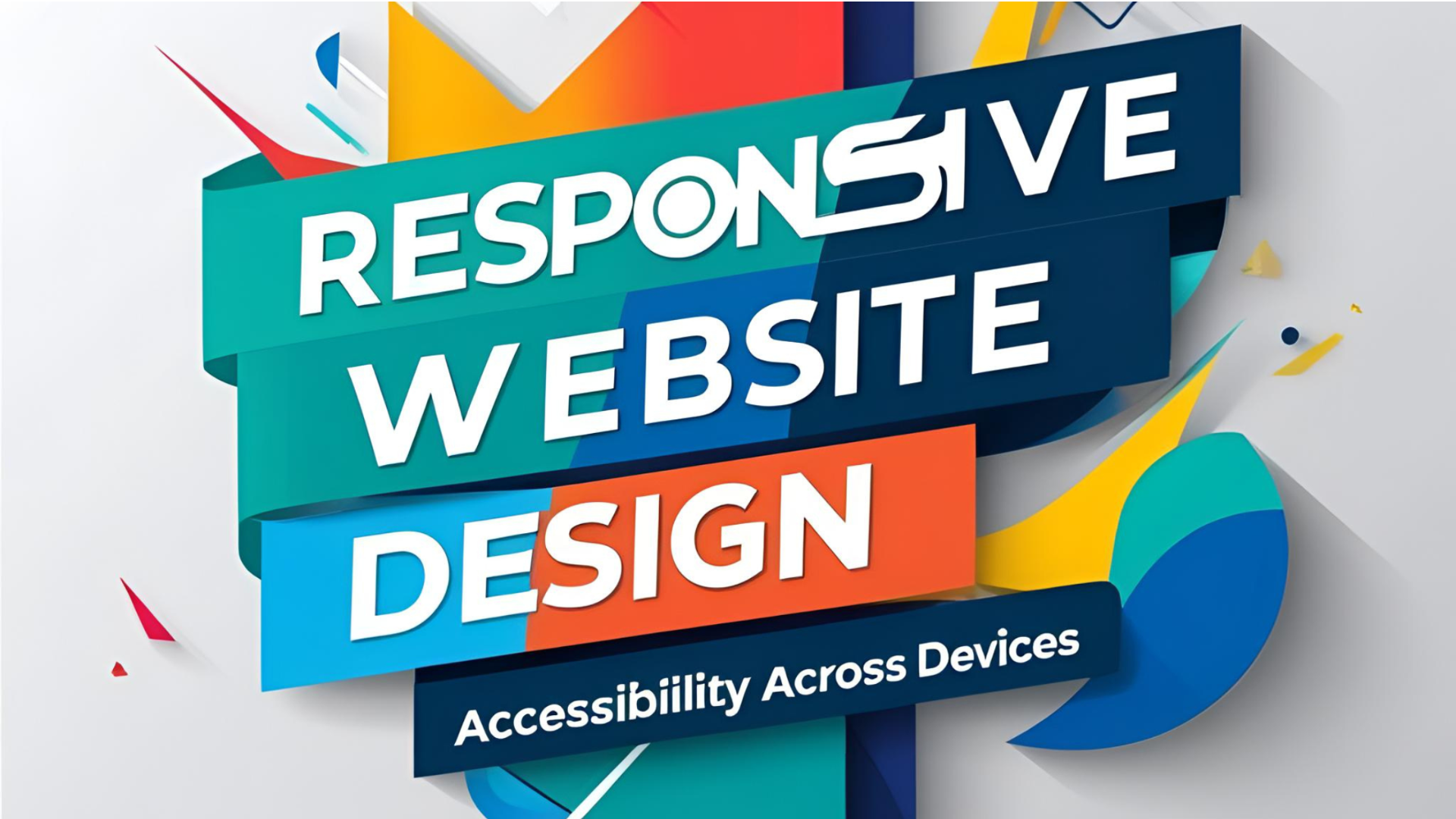What Are the Key Benefits of Having a Website for Your Nonprofit?
What Are the Key Benefits of Having a Website for Your Nonprofit?
Websites provide many benefits for nonprofits and their donors. Websites can help your nonprofit connect with potential donors, maintain a consistent image and brand across digital platforms, and ensure that people can find information about your organization quickly and easily.
They can also help you with other tasks related to fundraising, such as automating donation processes and tracking contributions. You may also wonder how a can a digital marketing agency help your small business or non-profit, click here to read the article.
Here are the key benefits of having a website for your nonprofit:
Connect With Potential Donors
A great way to connect with potential donors is through your nonprofit’s website. Websites provide an easy way to collect basic contact information (name, email, and address), as well as details about your organization (what you do, when you hold events, your goals, where you are located, and so on). You can gather this information in a variety of ways, including through a donation form, or by asking people to provide their information when they visit your organization’s physical location.
You can save this information for future contact opportunities or use it to send personalized emails to potential donors. Whether you collect basic information or connect people with specific campaigns and opportunities, having this information available on your website helps you connect with potential donors more easily. It can also help you track the effectiveness of various marketing campaigns and identify areas for improvement.
Maintain a Consistent Image and Brand
A consistent image and brand across digital platforms is an important part of building trust with potential donors and audiences. When donors feel connected to your nonprofit, they are more likely to donate. They may also engage with your organization and share it with others. Keeping your image consistent across digital platforms helps you maintain this connection. This can be especially important for nonprofits that want to attract new audiences through digital channels, as many nonprofits now use digital platforms as a primary means of promotion.
Having a consistent image across digital platforms also helps you maintain your nonprofit’s brand. This includes keeping your image consistent across digital platforms, as well as making sure that your logo, colors, and other branding elements are consistent across digital platforms. Having a consistent image and brand across digital platforms is also important for other reasons, such as legal reasons. The IRS has specific rules around content on nonprofit websites and other digital platforms.
Ensure Information is Available to Donors and Audiences
Many nonprofits have a goal of increasing their donors over time. A great way to do this is by having a website. Websites allow your nonprofit to maintain a consistent image, provide information about what you do, and connect with potential donors. You can also use your website to collect information from donors, including financial information such as credit card information. That information allows you to process donations, and even set up recurring contributions. You can also use your website to collect information from audiences, such as the messages you want them to see and the content you want them to consume.
Automate Fundraising Tasks
Many nonprofits spend time and energy manually managing their fundraising efforts. This includes creating, updating, and mailing physical items such as letters and brochures, creating and mailing emails, and tracking financial information, such as deposits and payments. All of these efforts can be automated through your website.
This allows your organization to spend less time on fundraising tasks, which can allow you to more efficiently reach your fundraising goals. Automating fundraising efforts can also help you track the effectiveness of various marketing campaigns. You can track how many people have seen your materials, how much they have donated, and so on.
Track Contributions
Many nonprofits keep records of their financial activities, including how much is received in donations and how much is spent on various expenses, such as fundraising costs and employee benefits. Keeping these records manually can be a time-consuming process, especially for smaller nonprofits. Automating these records through your website can help you keep track of financial activities more efficiently. This allows you to more quickly respond to changes in your organization’s financial situation, such as increases in expenses or decreases in donations. It also allows you to track the effectiveness of various fundraising campaigns. This can help you identify which campaigns are producing the best results and adjust your strategy accordingly.
Conclusion
When considering what to do about your nonprofit’s website, it is important to consider the benefits of having a website for your nonprofit. Websites provide many benefits for nonprofits, including the ability to connect with potential donors, maintain a consistent image and brand across digital platforms, ensure that information is available to donors and audiences, and automate fundraising efforts. They can also help you stay updated on legislation and trends, track the effectiveness of fundraising campaigns, and stay updated on trends in your field. These benefits make it worthwhile to consider what it would take to have a website for your nonprofit.
Reach out to LaunchCMS.com to find how we can help you with your non-profit website.









